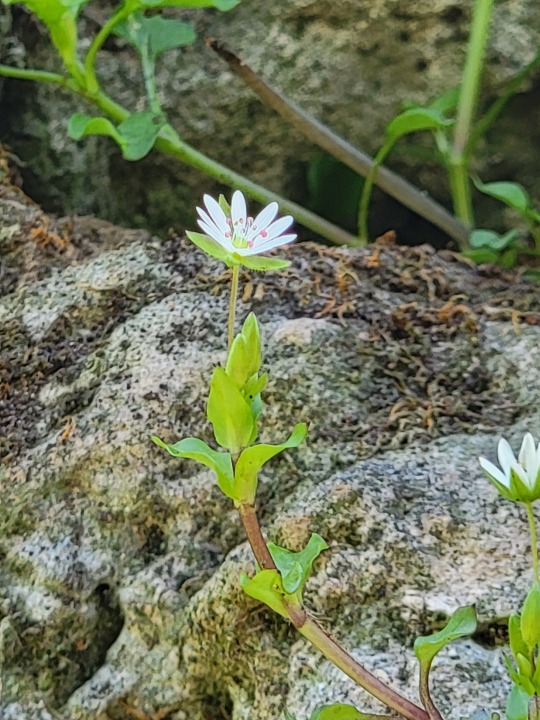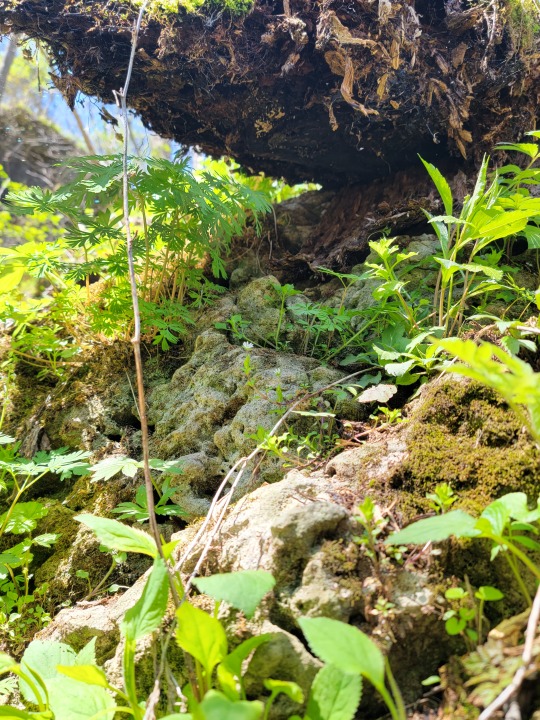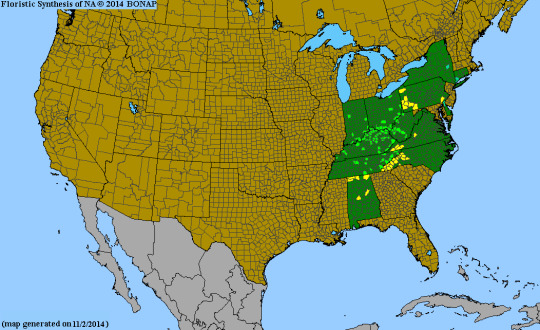#stellaria fontinalis
Explore tagged Tumblr posts
Photo



A hairy star chickweed with multiple flowers and stems with cauline petiolate foliage arises out of a choss pocket with rich mesic mineral soil.
An ode’ to Stellaria spp. a brand new group of interest to me.
I want to talk about this I do, These are from last year, here we have a case of me learning that I was just accepting these as just starry chickweed and realizing that I never learned to ID past that point. This is S. pubera but, why and how, usually I associate this plant with mesic woods only but in truth we see “it” as a complex everywhere, there are only a few legit Identifiers for this. These won’t show you good examples of this issue of ID or the complex but I took plenty of photos this year that I haven't uploaded on my cpu yet. The S. pubera complex seems to revolve more around site, height, morphology, and range restrictions, the flowers are the same in the complex and tend to be large, the issue with some minor distinctions are clumping populations with multiple stems and single stems individuals with one flower only per plant, the leafs tend to either be cauline entirely sessile or having lower petioles that are cauline with almost near clasping sessile leaves t’word the top. The interesting thing is I can still make a claim that it is S. pubera and not S. corei due to a few minor differences, It definitely helps to have a well backed range map too but these are somewhat incomplete due to mis-ID and un-updated herbarium specimens.
Two key characters Ive focused on are length of sepals being much longer on Core’s and the petals being almost fully dissected down to it’s attachment point.
Its more clear to see this S. pubera, the sepals are not longer than the petals and you can clearly see the 5 dissected petals that are bifidate instead of core’s which really looks like 10 petals at first glance. So, with that said, I can only ID these when they are in bloom. Most Key texts/ flora’s are also only up to par with this ID limit.
Stellaria corei, Tenessee chickweed, a cool species for sure now that I know it correlates with ecotone in many cases.

Stellaria corei, an interesting common name for something who’s core is the Ohio River Valley, Its one of those common gripes you learn to deal with because you have to accept a described from location as common name instead of just calling it Core’s starweed or chickweed. Ecotone rich mesic alkaline hill to dry alkaline species. Really a generalist but does occur more often in these specific woodland ecotones.

Stellaria fontinalis, I literally went to TN and was at Mays prairie, I was distracted and I feel really dumb too many distracting endemics imo, At the same time, I was very distracted by snowy orchids, blue rattlesnake master, 10 species of st. johns worts, Silphium mohrii and many other cool species. This is a wet karst species that I managed to overlook :/ learned about it this year, rather 2 months ago in prep with plant walks.

Stellaria pubera, starry as a complex, common chickweed, Coastal, Great Plains, Pacific, Atlantic, Upper Midwest, Rocky, and Mesic, SIngle flowered sessile, Cauline petioled multiflower are still all deciding factors.

Stellaria longifolia, narrow long leaf species, might as well look like it should be angustifolia or longifolia or linaris would of also been good names for it.
#Stellaria#ohio#stellaria corei#stellaria pubera#stellaria pubera complex#stellaria longifolia#stellaria fontinalis#plantblr#botany#wildflowers#species complex
26 notes
·
View notes